
Shortlisted for the Architect of the Year Award’s Industry/Manufacturing Partner of the Year, Future Joinery Systems wants us to rethink joinery with a configurator that hopes to increase efficiency for makers while providing more freedom for designers
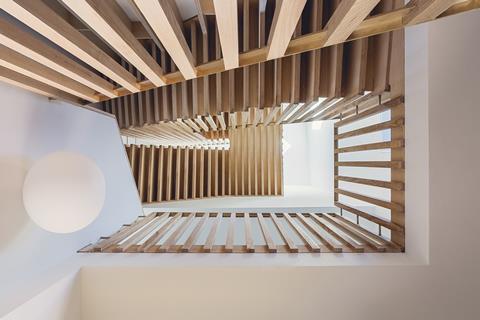
Future Joinery Systems (FJS) is a digital fabrication company offering manufacturing of interior joinery, including kitchens, staircases and fitted furniture.
The company’s founding director, Robert Stiles, is a chartered architect – previously working for CaSa Architects in Bath, UK. Stiles made the switch to join the supply chain following first-hand frustrations at not just the cost and delivery of joinery elements on architectural projects, but also the transfer of information.
“It’s a market that’s ripe for disruption,” said Stiles. “As an architect, I would spend a lot of time drawing up joinery [followed by a] very convoluted process of working with bench joiners, then redrawing it, and then getting prices back that were miles away from the provisional sums that we’d set out.”
Stiles’ description of the current process for specifying joinery portrays a sector in need of change, both in terms of increasing efficiency and aiding sustainability – with multiple rounds of redrawing at every stage, alongside a number of Computer Numerical Control (CNC) machines not being used as often as they should.
CNC machines are automated machines, operated by computers executing pre-programmed sequences of controlled commands. Essentially, these machines are the opposite of manually controlled techniques for joinery, but according to Stiles, one missing piece of the puzzle is the creation of the data needed to program them.
“You can buy a CNC machine for £30,000, but you need someone to use it and create the data sets for it to work efficiently,” explained Stiles. “That’s how we came to design the configurator.”
“It’s a market that’s ripe for disruption,” said Stiles.
Disruptive technologies have the potential to transform industries, addressing key challenges by opening doors to new ways of working. Within the construction industry, addressing those challenges means tackling the skills shortage, designing for manufacturing and assembly, and improving digital readiness alongside sustainable practices.
FJS’s new platform hopes to do all that. Featuring in the team’s entry to the prestigious Architect of the Year Awards, the CAD configuration platform for joinery provides designers with open-access to a growing library of configurable designs within the architects’ CAD model. Utilising the tools means designers are able to curate layouts, access real-time material, machining and fixings costs and get their head around lead times – while they design.
According to FJS, the application allows designers to engage with parametric design and digital fabrication without requiring complex software knowledge or extensive training, working directly with the CAD environments they are familiar with. The lower detail geometry used in the building CAD model is the same DfMA model used for manufacturing, which enables designers to transition from outline design to fabrication without needing to rework drawings.
The platform aims to output all the necessary manufacturing information – meaning architects can pull in the objects they want, configure them, understand the price and press go. The product then gets machined and delivered to site for installation. The cost calculation feature hopes to ensure cost expectations are set early on, preventing surprise expenses down the line.
This approach does not use showrooms or factories but instead connects designers with local CNC-enabled workshops and makers, meaning projects can be fabricated locally to site, keeping money in the local economy, reducing lead times, and keeping carbon and transport emissions low.
The technology behind the configurator was developed on the back of two consecutive UKRI R&D-funded technology grants. The first followed a successful entry into a competition run by Innovate UK in 2017. “It was just me, no fund writers – and we were successful with that,” said Stiles, which enabled him to step away from the architectural world and work full-time in the company.
The second grant followed a Challenge Fund focused on the construction industry and the grant was much larger at £160,000. Although, Stiles explained “we had to fund some of that ourselves, and we had some other partners that we were working with. But that allowed us to take what we had before and build it properly.”
Finishing the second round of funding in early 2022, the software may not have been commercially ready but it was a lot more robust and they found they were able to successfully deliver projects as a supplier of parts.
“Most of our work either comes to us partly configurated by the architects or still as sketches or 2D drawings and we reconfigurate it. We then deliver a kit of parts to site, with a massive series of instructions and animations and 3D models for the contractor to put together,” explained Stiles.
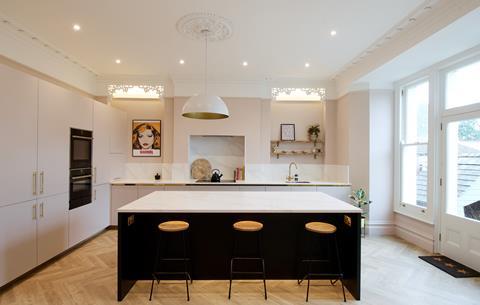
However, it’s not where the team want to end up. “We’re very much reliant on those contractors to put our stuff together in the way that it should be,” said Stiles. “Where we want to get to is just the selling of data. For architects to use our software, they’re getting live prices as they change the sizes and configurations of things because our software is talking to a database and it’s smart enough to realise that if you put one stool in – made of two materials – it’s ridiculously expensive, but you could add another stool and the price wouldn’t change.”
There are different procurement routes that the small-knit team seem open to. One is continuing as the provider of a kit of parts, the more contractors they work with, the more seamless that is bound to become. The other option is to become a “match-making tech service”. The Airbnb of joinery, so to speak.
When asked if he thought machines would completely replace the need for traditional joinery, Stiles said: “The machine can’t do everything. It’s not very good at working with solid timber elements. We only like to machine on one side of the board so if anything needs to happen on the other side, that might be done manually. We work with a company called King and Webben (a furniture maker in Bristol) and they love it because all the boring bits are done for them.”
The main selling point of the platform is that it has the potential to lower risk, boost efficiency, and cut resource waste throughout the sector. Standardised manufacturing data can increase options for manufacture and supply, adding resilience to supply chains, and creating employment opportunities. Increasing access to digital fabrication could also help to address the skills shortage, by allowing designers to produce more in less time. “You’ll never get that without the computer doing that work for you,” added Stiles.
Stiles went on to explain what the future for FJS looked like: “The next stage is a set of onboarding videos and to have pre-configured arrangements of stuff. We’re still very much in the start-up phase. But we’re delivering bigger and bigger projects for more and more prestigious architects and it’s really interesting because we feel like we’ve got several bits of technology that nobody else has built and it’s a question of disrupting the market to make it work in a slightly different way.”
Architect of the Year Awards 2023

The Architect of the Year Awards shortlist has now been revealed for 2023! With entry numbers continuing to rise year on year, it is an incredible accolade to reach the shortlist for this year’s awards.
Congratulations to everyone who has made the shortlist, and to everyone who submitted an entry into the Awards.
Now is the time to secure your place here.
Postscript
Designed to recognise the important role that manufacturing partners play in the architectural process, the Industry/Manufacturing Partner of the Year category – in partnership with the Construction Products Association – will honour companies that have worked closely with architects to create innovative, sustainable and high-quality solutions.




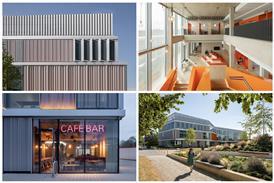
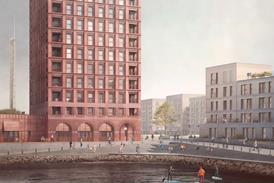



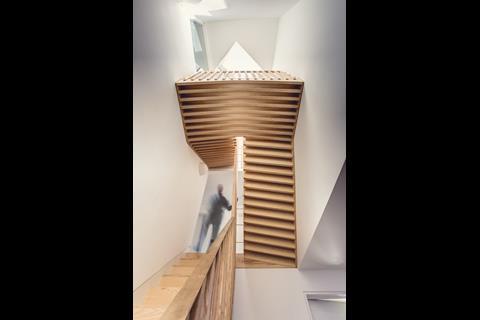
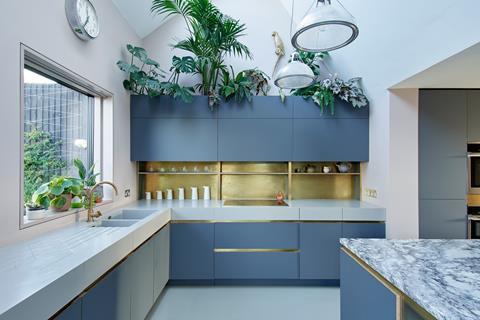
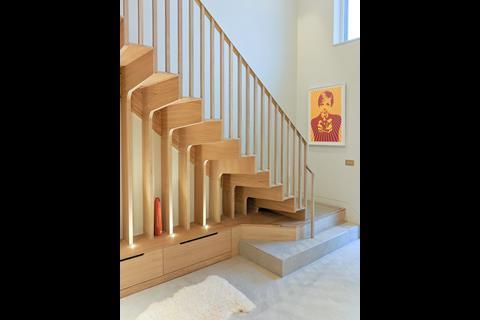







No comments yet